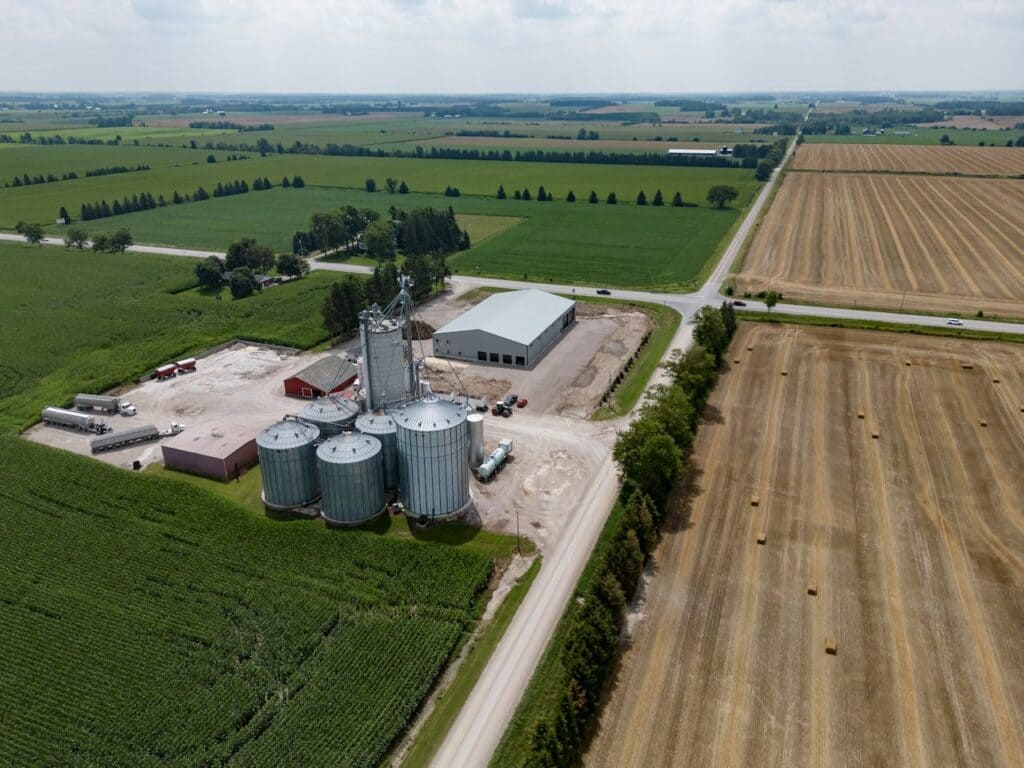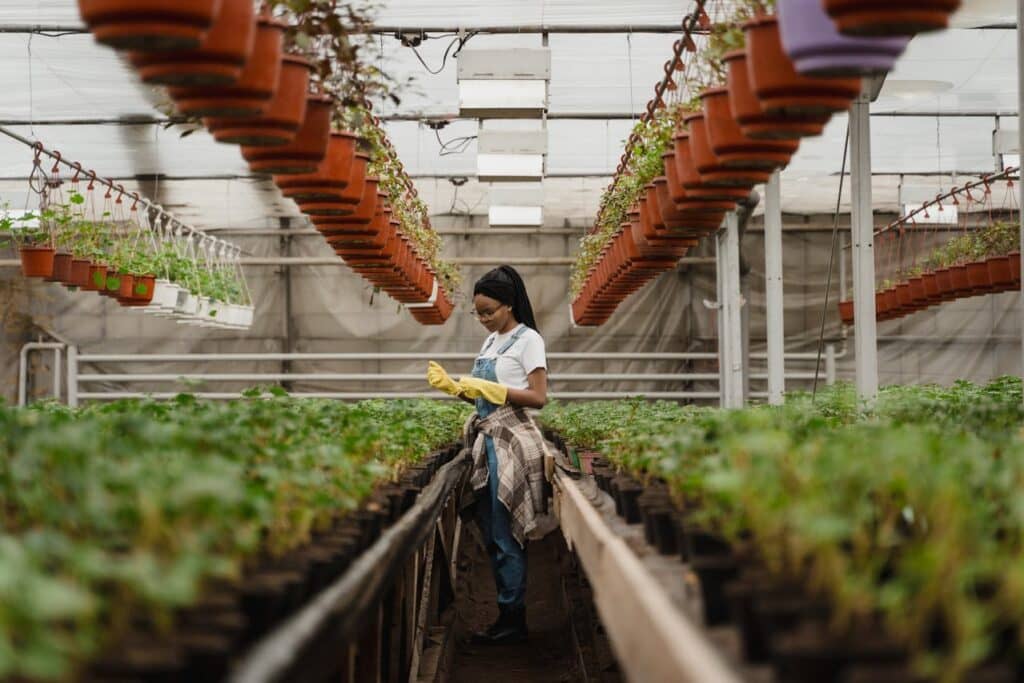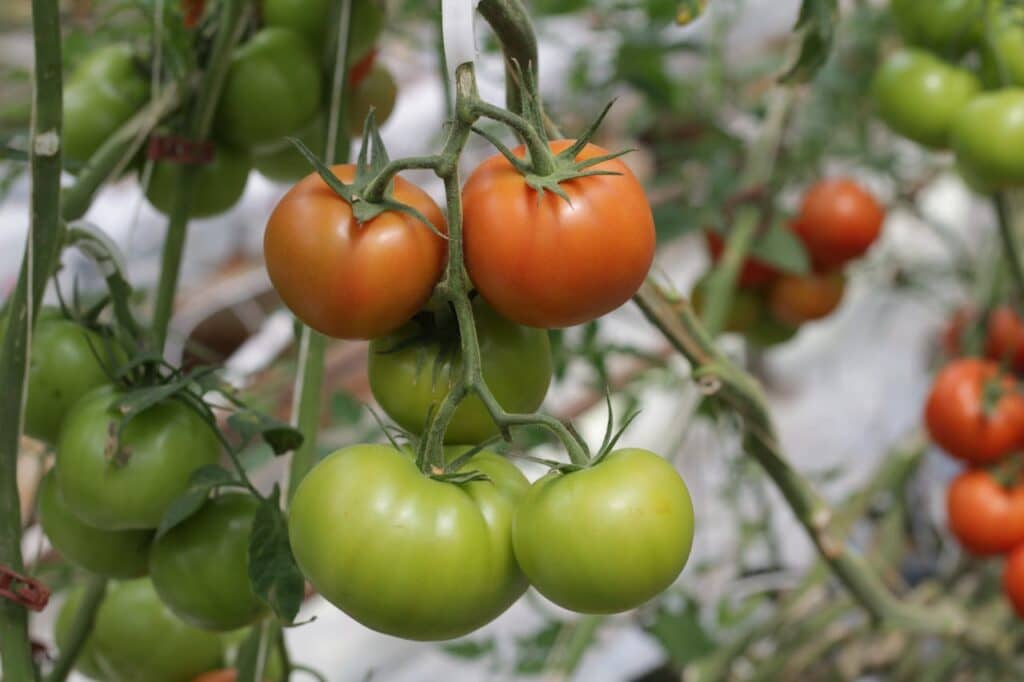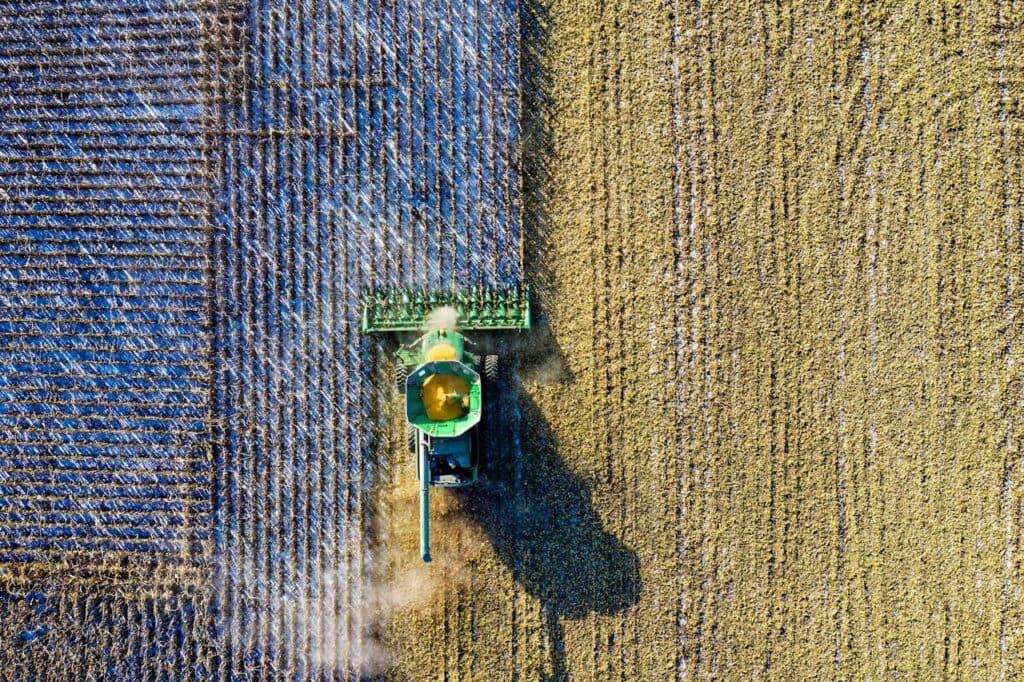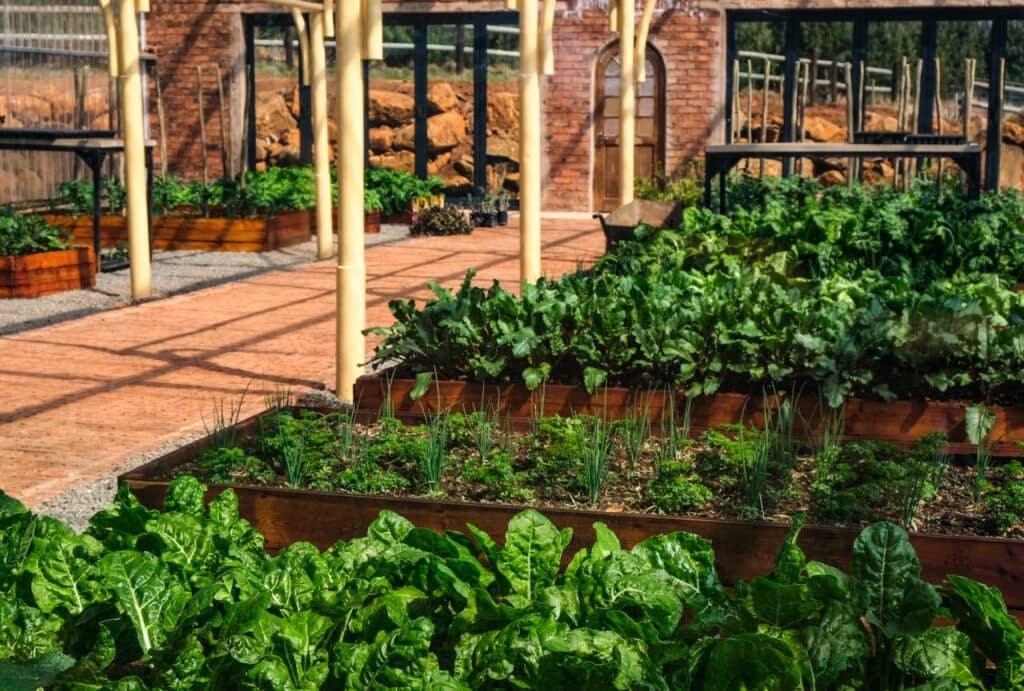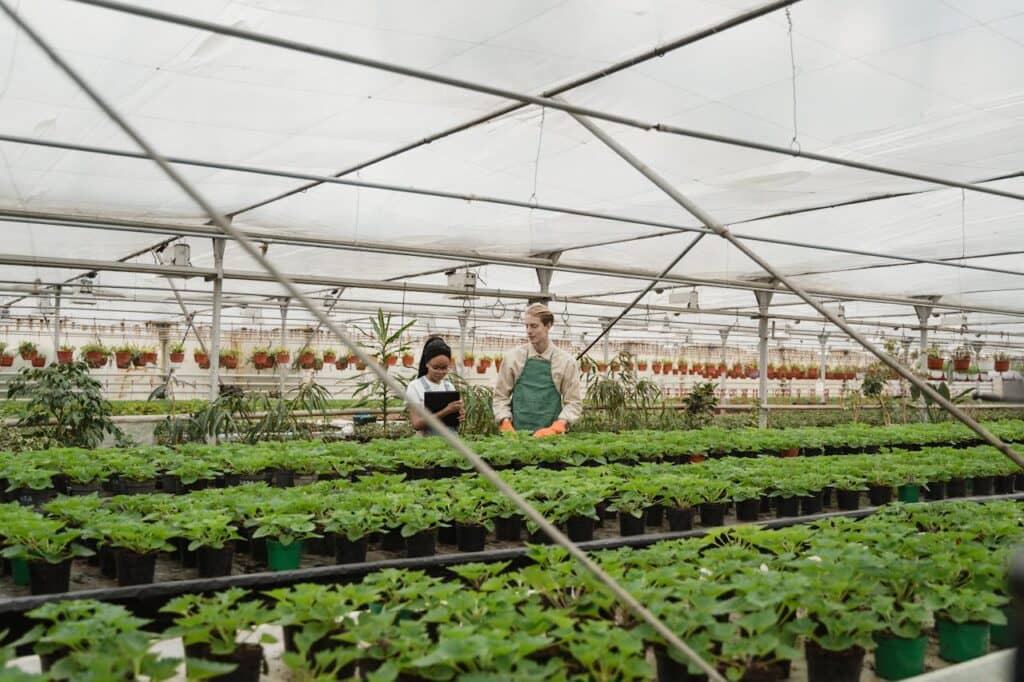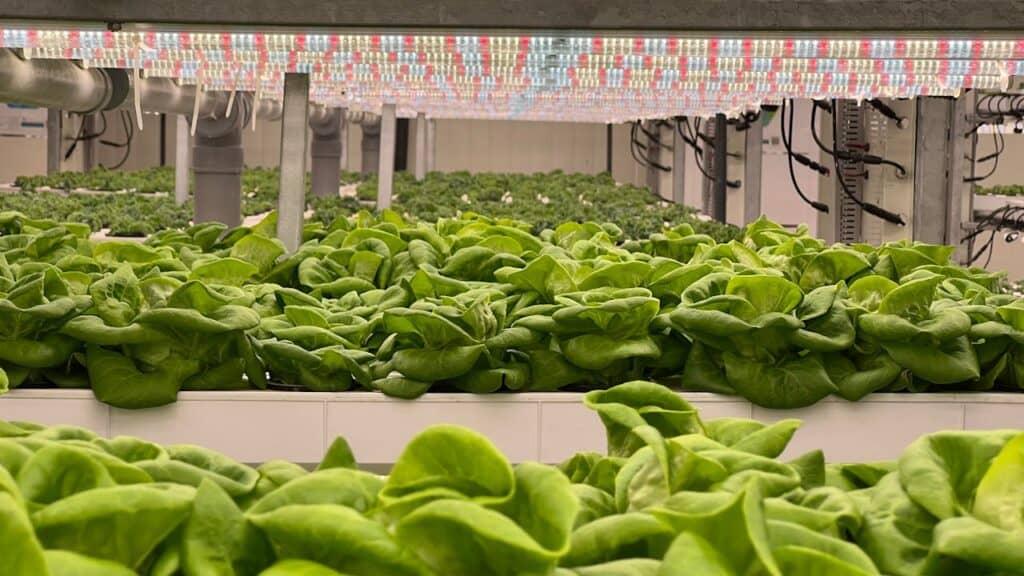Importance of having a farm layout
Farming is more than just planting seeds and waiting for the harvest. It’s a deliberate, planned, and strategic activity that requires structure, order, and foresight. One of the most overlooked but critical aspects of successful farming is the farm layout …
Importance of having a farm layout Read More »

